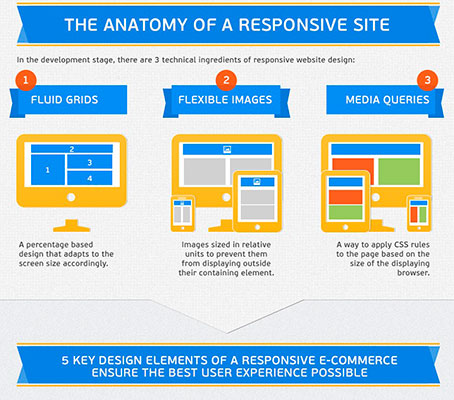Keen To Find How Web Site Design Has Changed With Time? Dive Into The Advancement From Simpleness To User-Focused Experiences
Keen To Find How Web Site Design Has Changed With Time? Dive Into The Advancement From Simpleness To User-Focused Experiences
Blog Article
Produced By-Johnsen Dalby
In the past, sites were simple and focused on details. Navigating was straight, and style was for desktop computers. Now, customer experience is key. Information guides layouts for very easy navigation. Responsive formats match different devices. Today, dark setting reduces strain, and minimal menus enhance navigation. Interactive features involve customers, and bold visuals attract attention. AI combination enhances involvement. See how design has developed to boost your on-line journey.
Early Days of Web Design
In the very early days of website design, simpleness reigned supreme. Internet sites were basic, with minimal shades, typefaces, and designs. The emphasis was on supplying information rather than flashy visuals. Customers accessed the web with slow-moving dial-up links, so speed and capability were essential.
Navigating food selections were straightforward, generally situated at the top or side of the page. Websites were created for desktop, as mobile browsing had not been yet common. Material was king, and developers prioritized easy readability over complicated design elements.
HTML was the main coding language made use of, and designers had to work within its constraints. Computer animations and interactive attributes were marginal compared to today's requirements. Websites were static, with little vibrant material or tailored user experiences.
Surge of User-Focused Design
With the advancement of web site design, a change in the direction of user-focused design principles has actually ended up being progressively noticeable. Today, creating internet sites that focus on individual experience is important for engaging visitors and attaining organization objectives. User-focused layout involves comprehending the requirements, preferences, and actions of your target audience to customize the website's layout, material, and includes accordingly.
Developers currently perform comprehensive research, such as user studies and usability testing, to gather insights and comments straight from individuals. This data-driven approach aids in creating user-friendly navigation, clear calls-to-action, and visually appealing interfaces that resonate with site visitors. By browse around here at the center of the design process, internet sites can provide a much more personalized and satisfying experience.
Responsive design has actually additionally emerged as a key facet of user-focused style, ensuring that sites are optimized for different tools and display sizes. This adaptability enhances accessibility and use, catering to the varied ways customers engage with websites today. Essentially, the increase of user-focused style symbolizes a shift towards developing digital experiences that prioritize the needs and assumptions of completion individual.
Modern Trends in Web Design
Discover the most recent trends shaping website design today. One prominent pattern is dark mode style, offering a smooth and contemporary appearance while reducing eye stress in low-light atmospheres. Another crucial trend is minimal navigating, simplifying menus and enhancing customer experience by focusing on essential elements. Integrating micro-interactions, such as animated switches or scrolling results, can develop a much more appealing and interactive website. Responsive style stays important, making sure seamless customer experiences throughout various gadgets. In addition, using strong typography and asymmetrical designs can include aesthetic rate of interest and draw attention to details web content.
Integrating AI technology, like chatbots for customer support or customized referrals, enhances individual involvement and streamlines procedures. Accessibility has also come to be a substantial fad, with developers focusing on comprehensive layout methods to accommodate diverse user needs. Embracing sustainability by enhancing internet site efficiency for speed and effectiveness is another emerging pattern in web design. Working together with please click the following post and information analytics to iterate and boost design continually is necessary for remaining relevant in the ever-evolving electronic landscape. By accepting these modern-day fads, you can develop an aesthetically attractive, straightforward website that resonates with your audience.
Final thought
As you reflect on the advancement of web site design from the very early days to now, you can see exactly how user-focused layout has actually ended up being the driving pressure behind contemporary fads.
Embrace the trip of modification and adaptation in web design, constantly maintaining the individual experience at the leading edge.
Tippingpointdigital
Remain present with the most recent patterns and modern technologies, and never quit advancing your method to develop aesthetically magnificent and easy to use websites.
Evolve, adjust, and produce - the future of website design remains in your hands.
